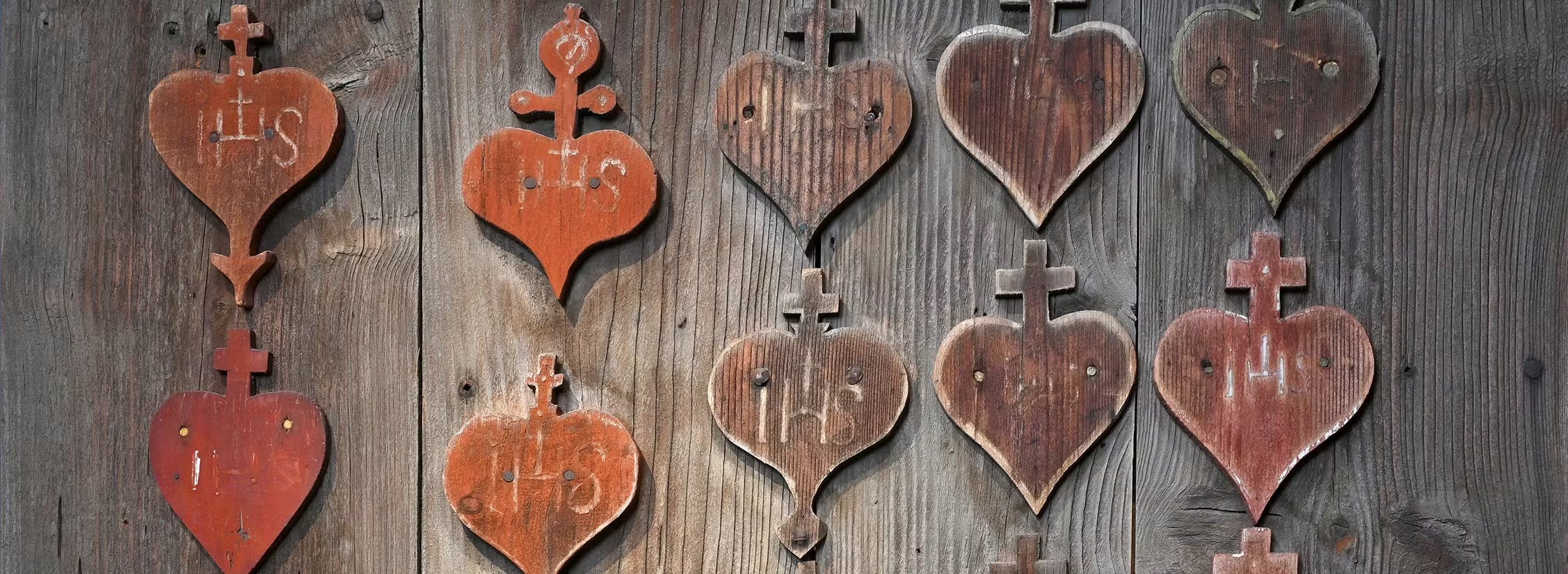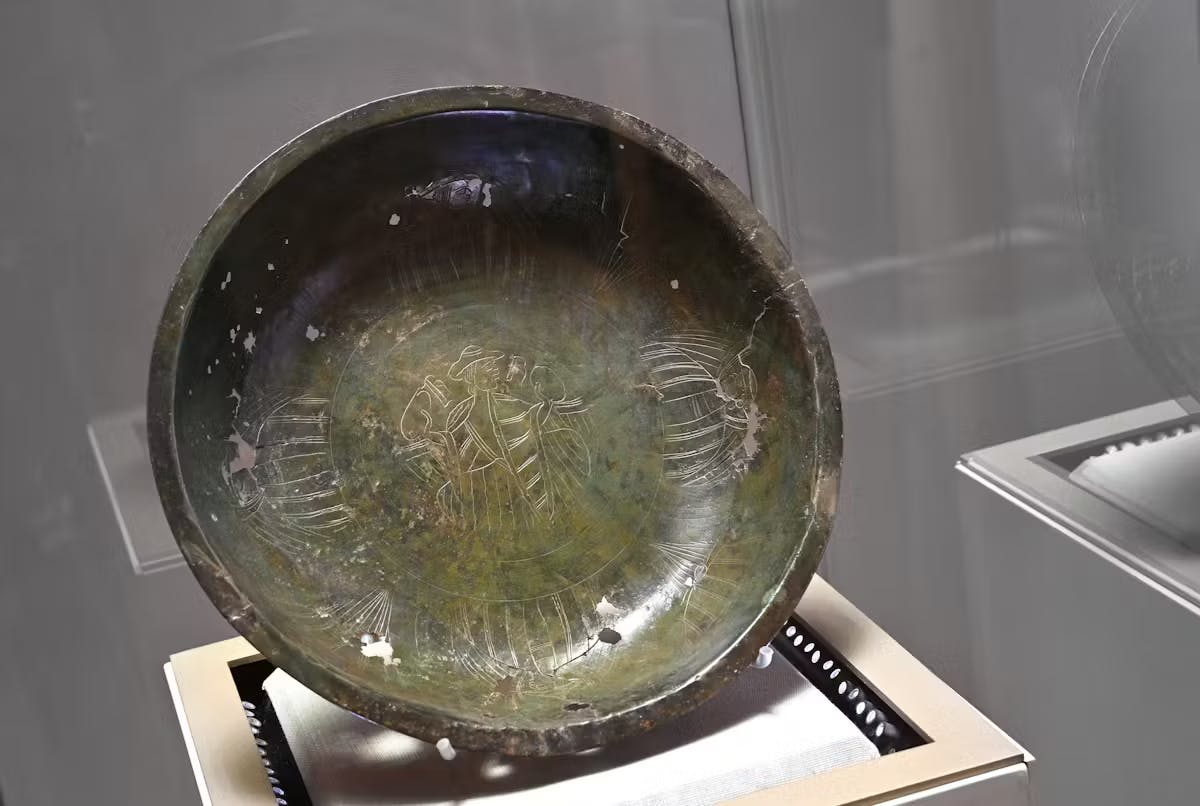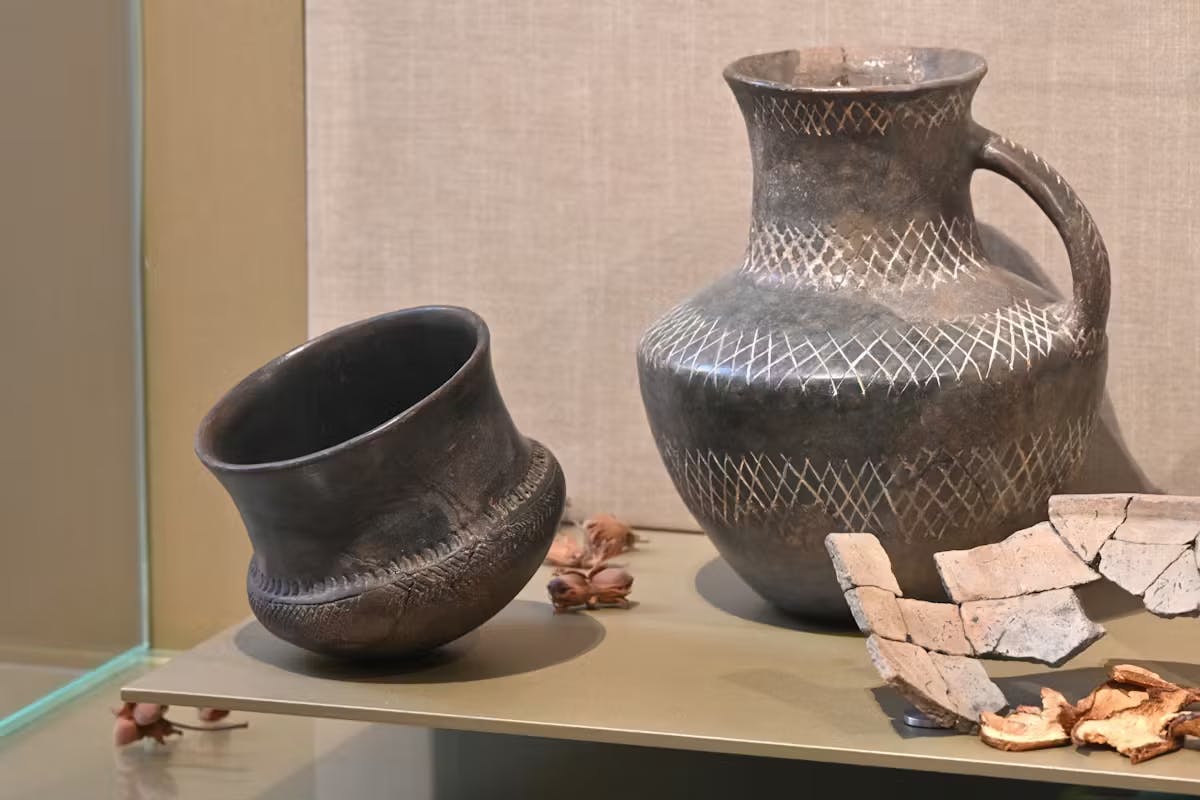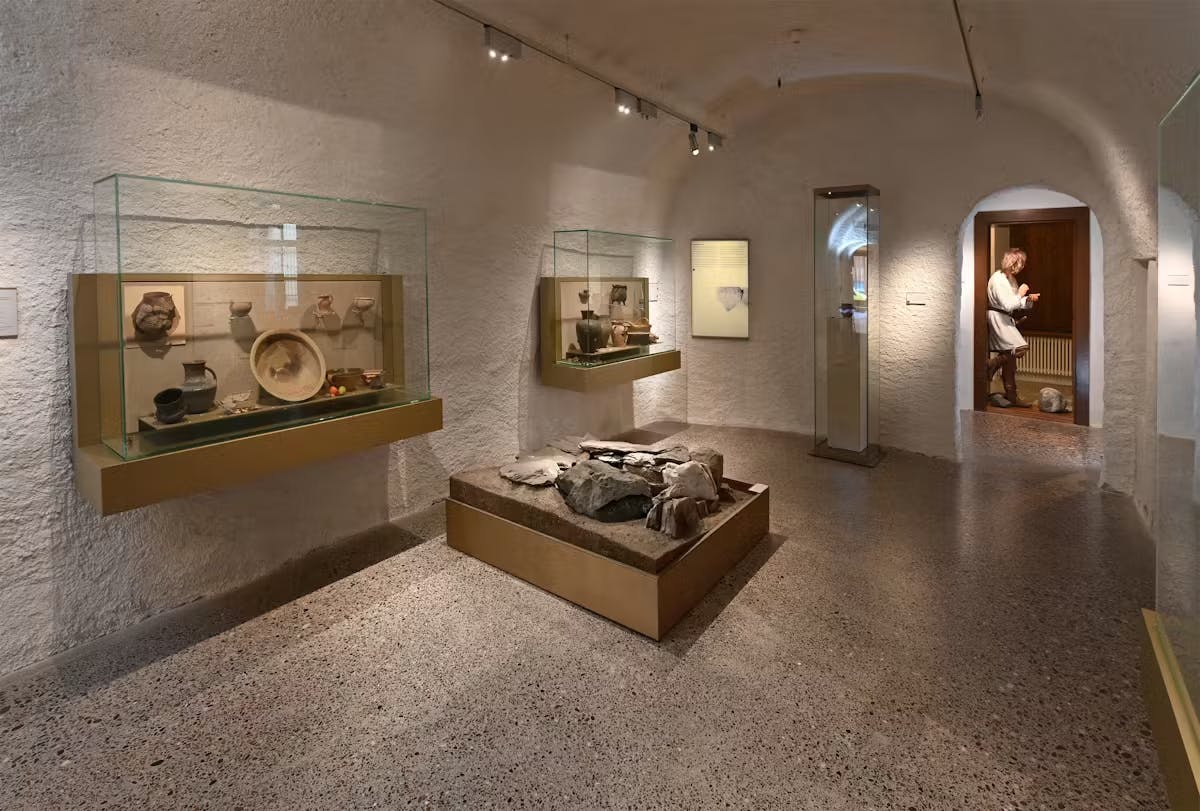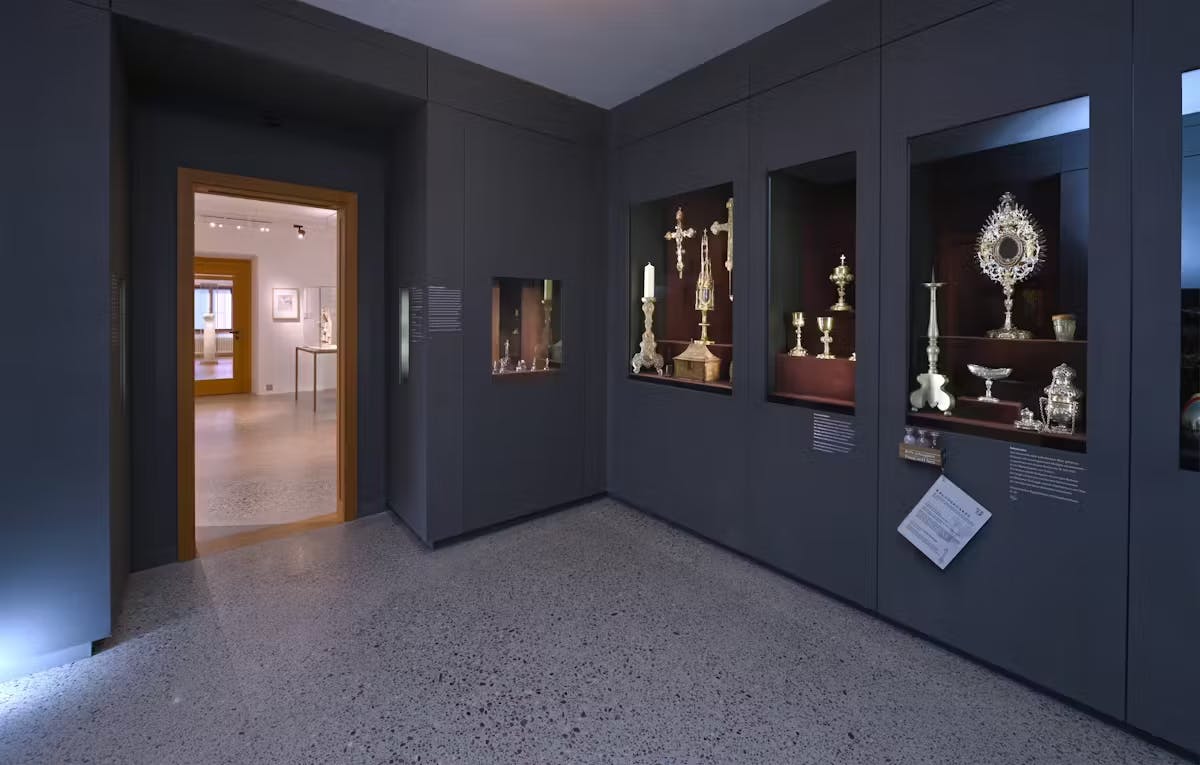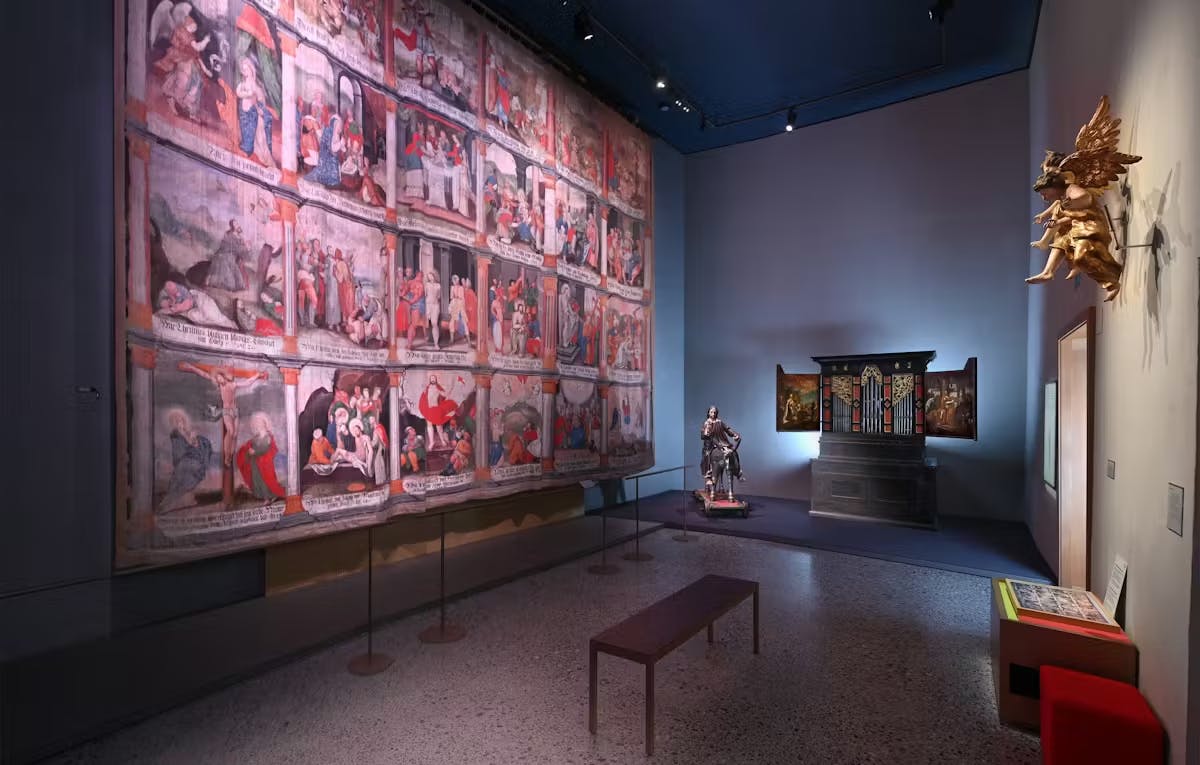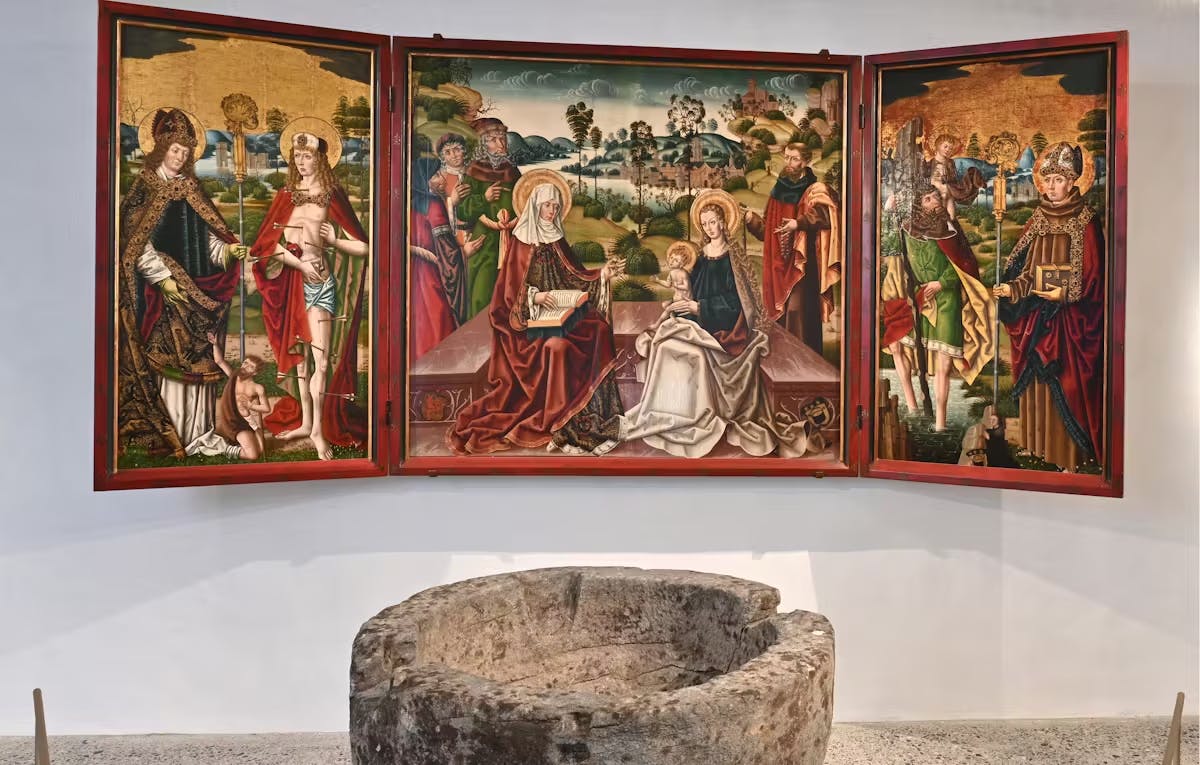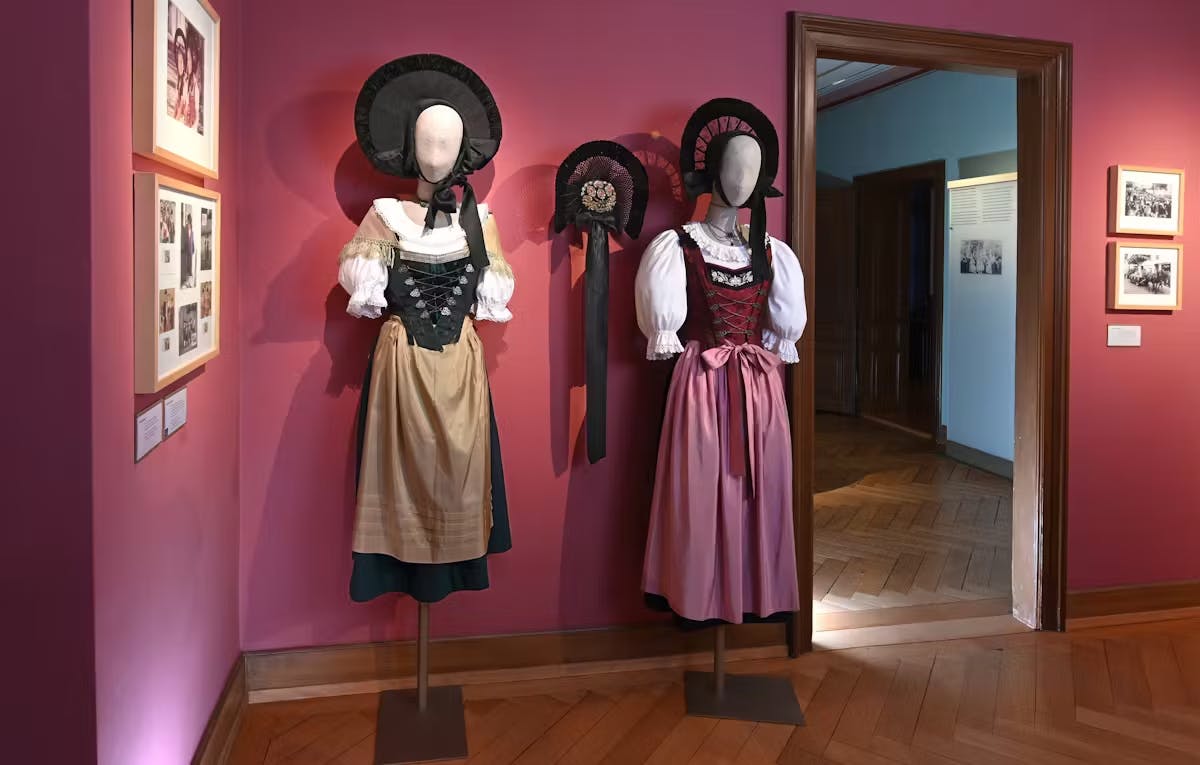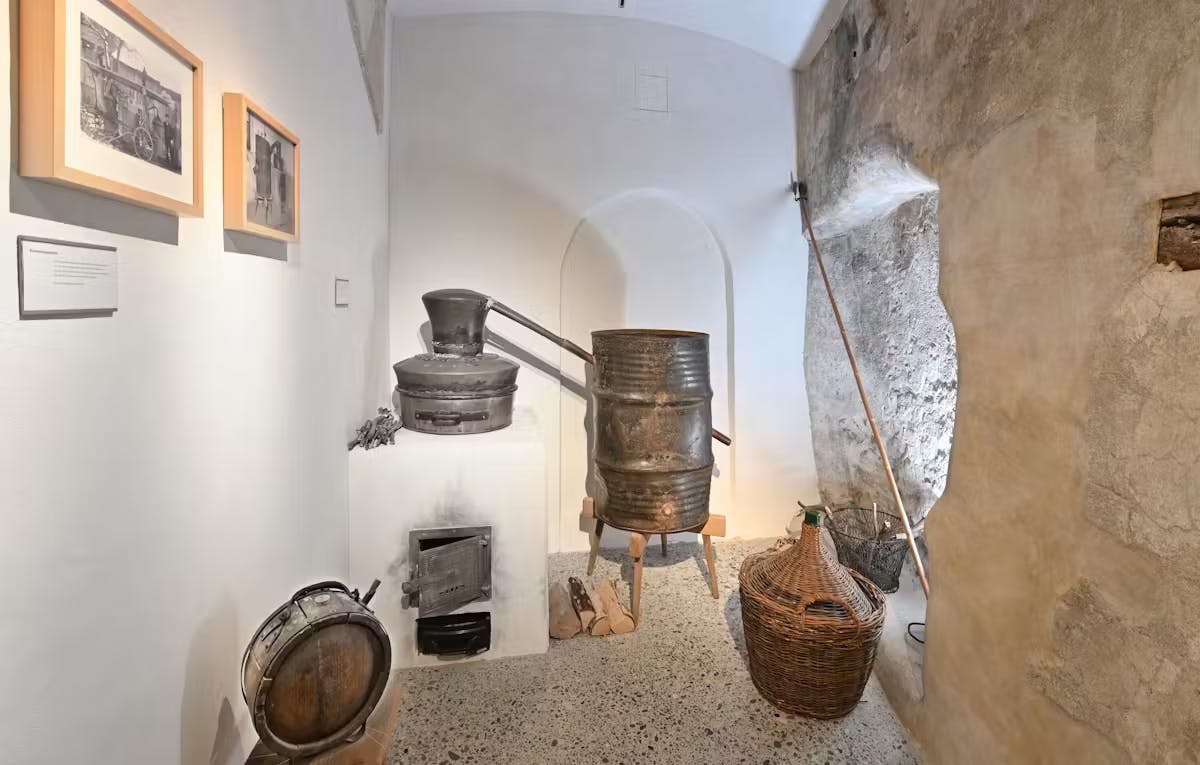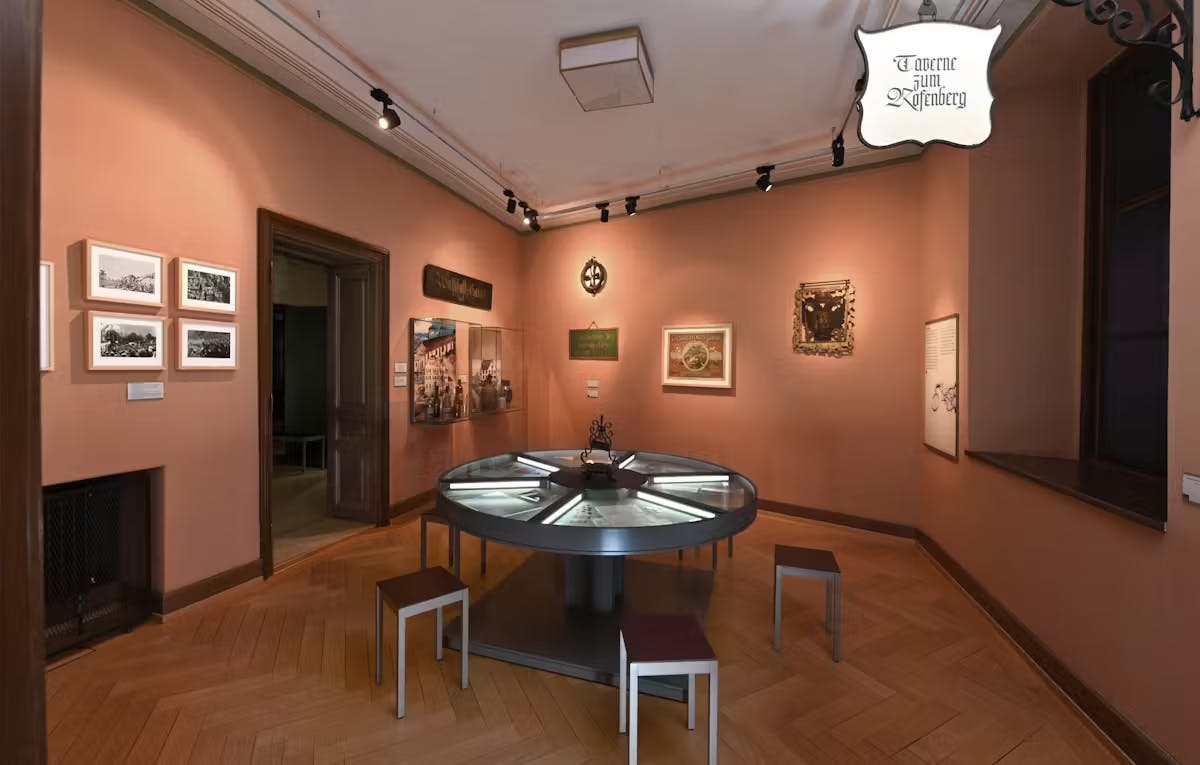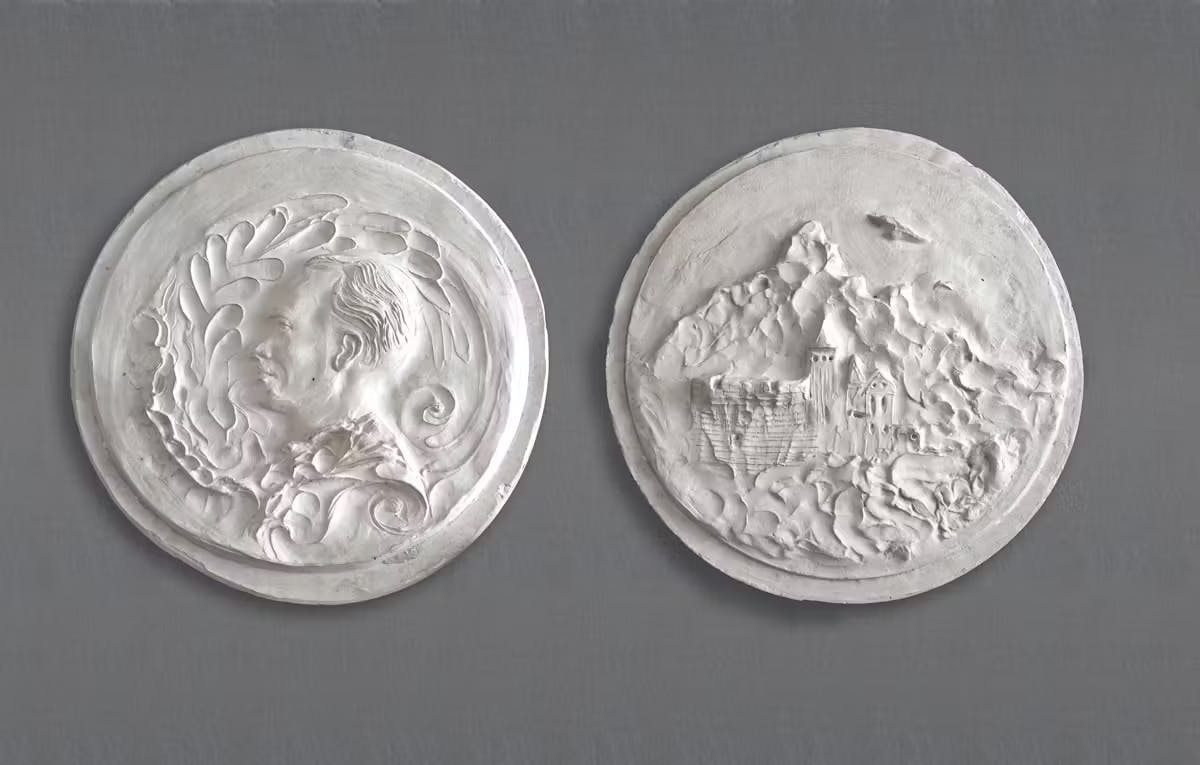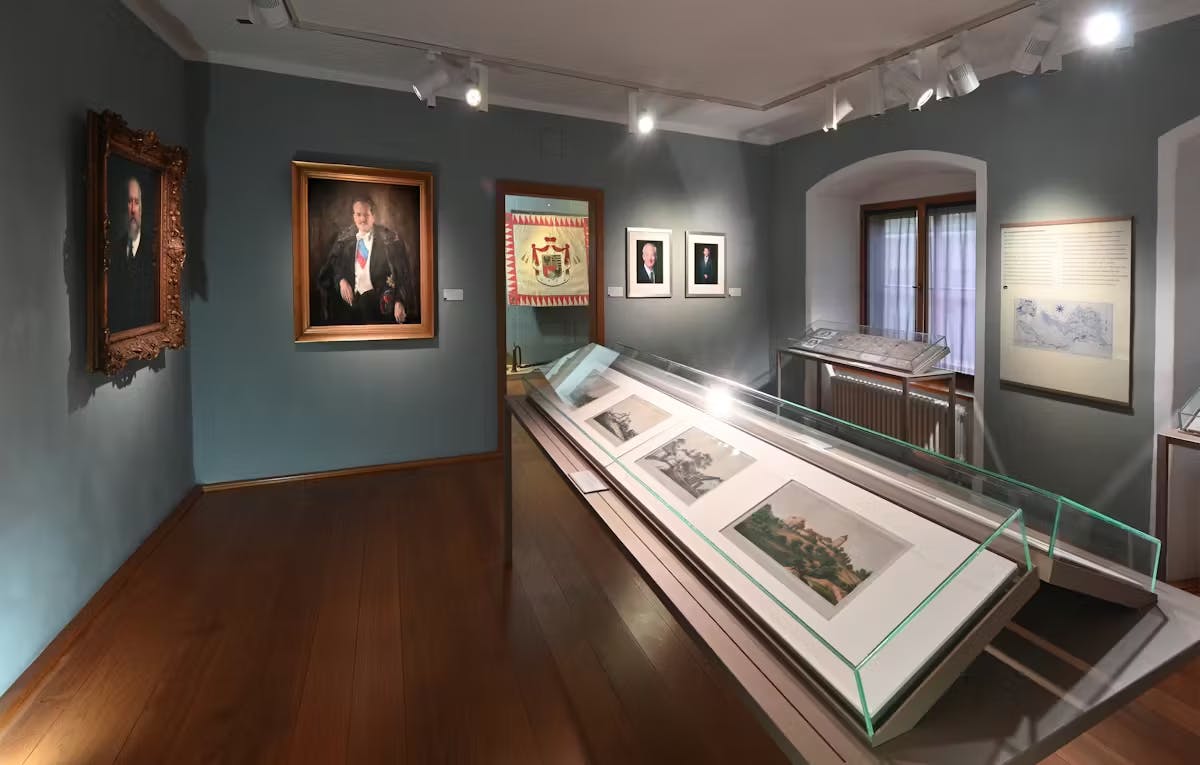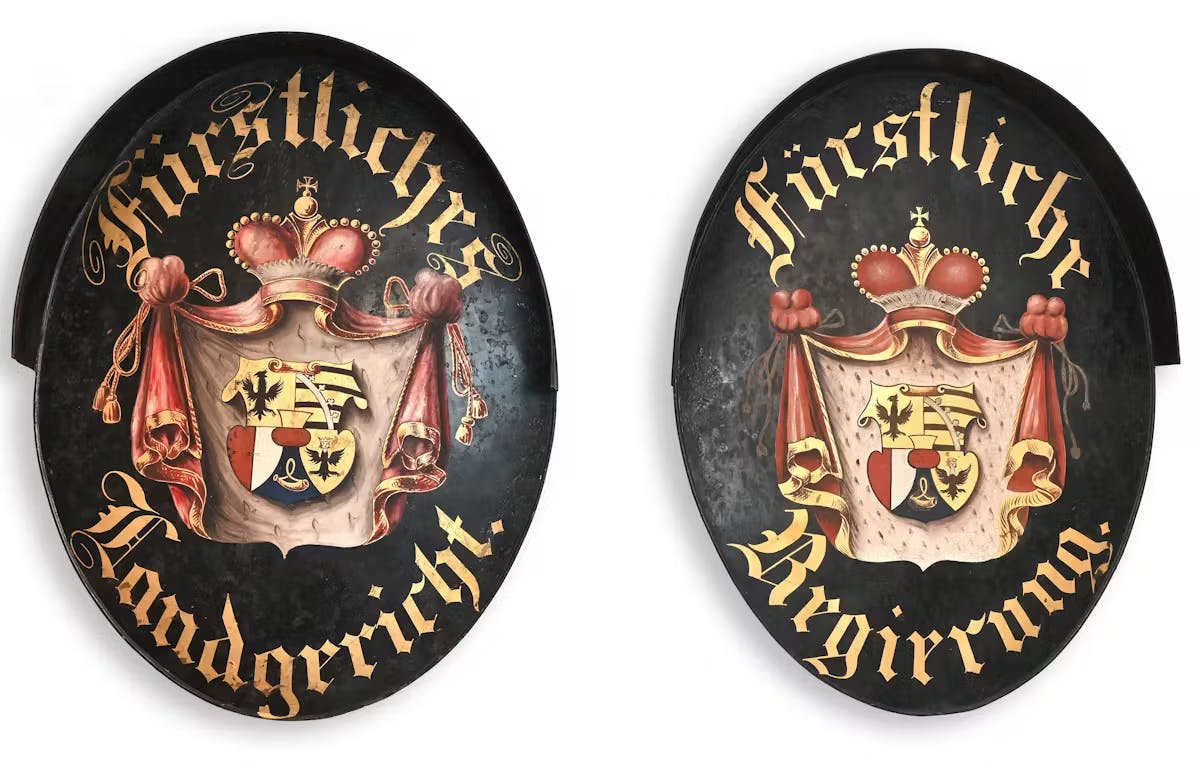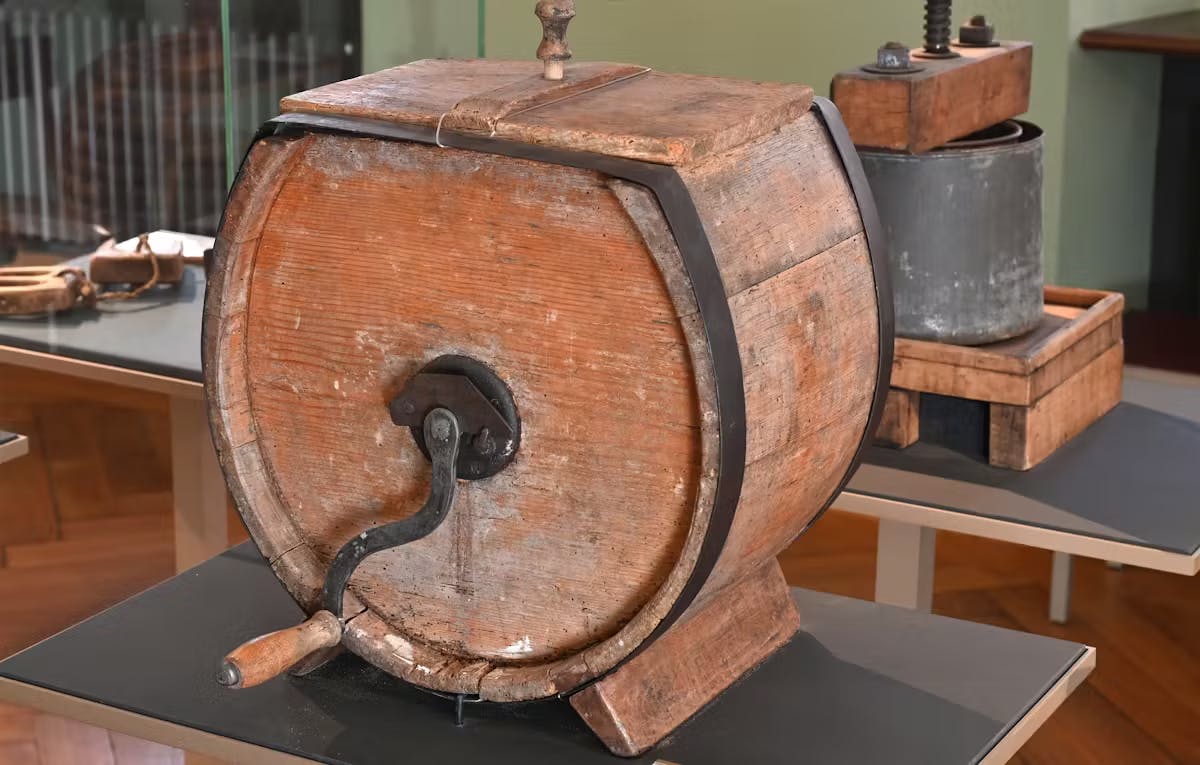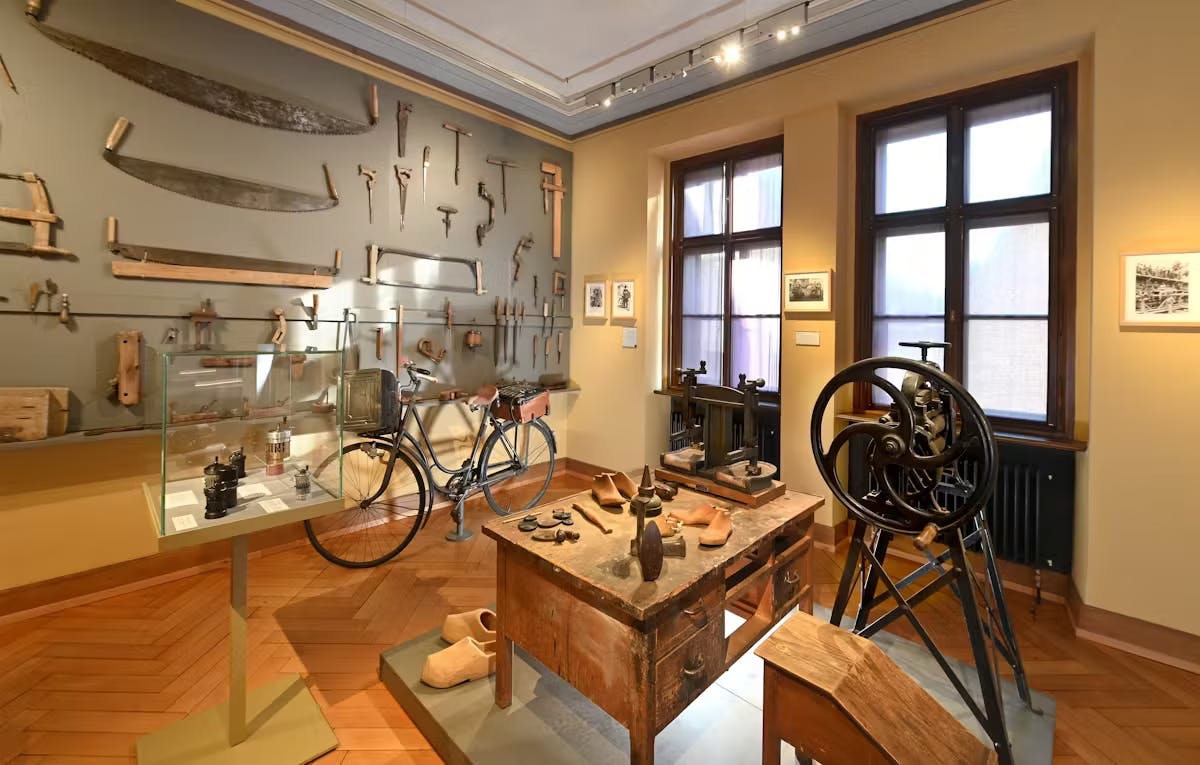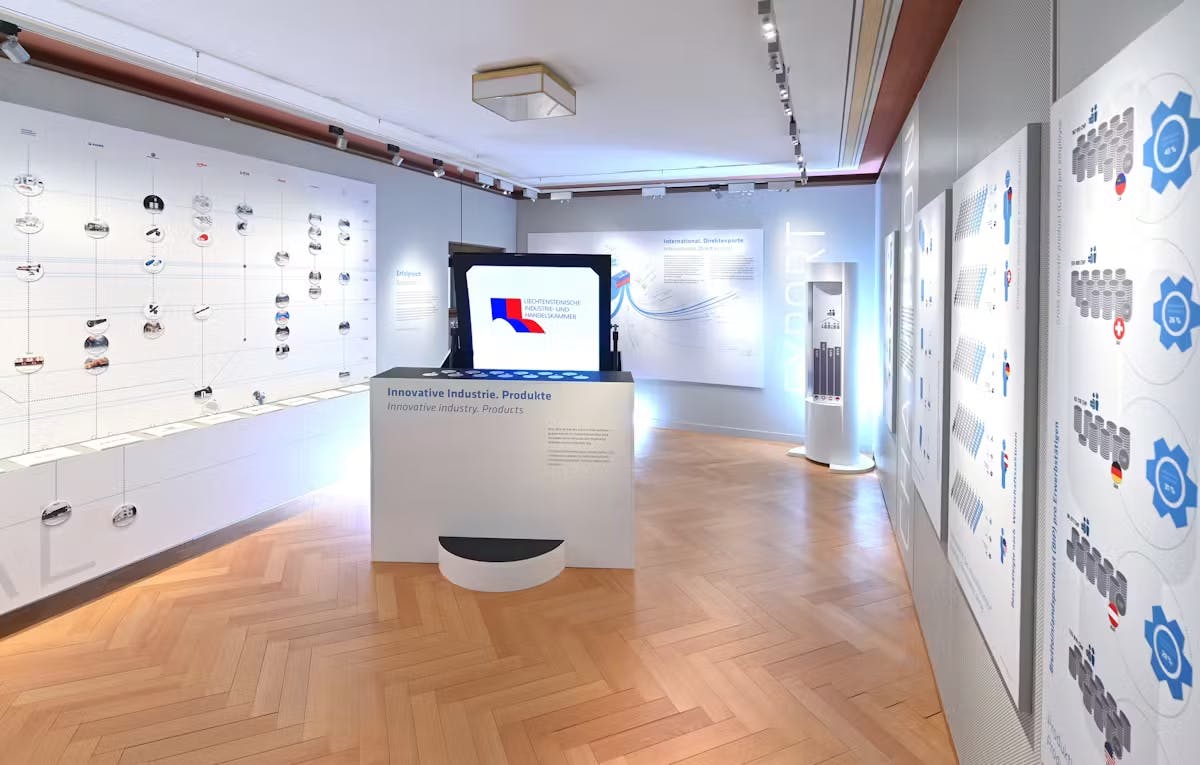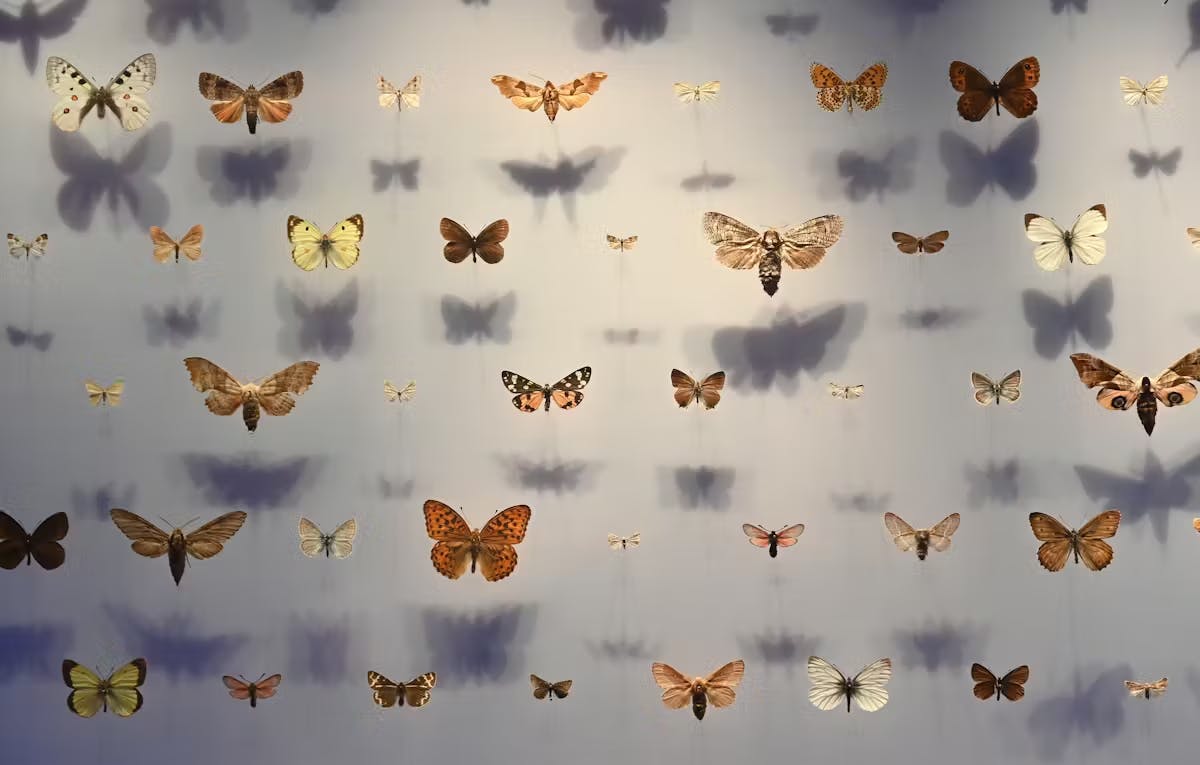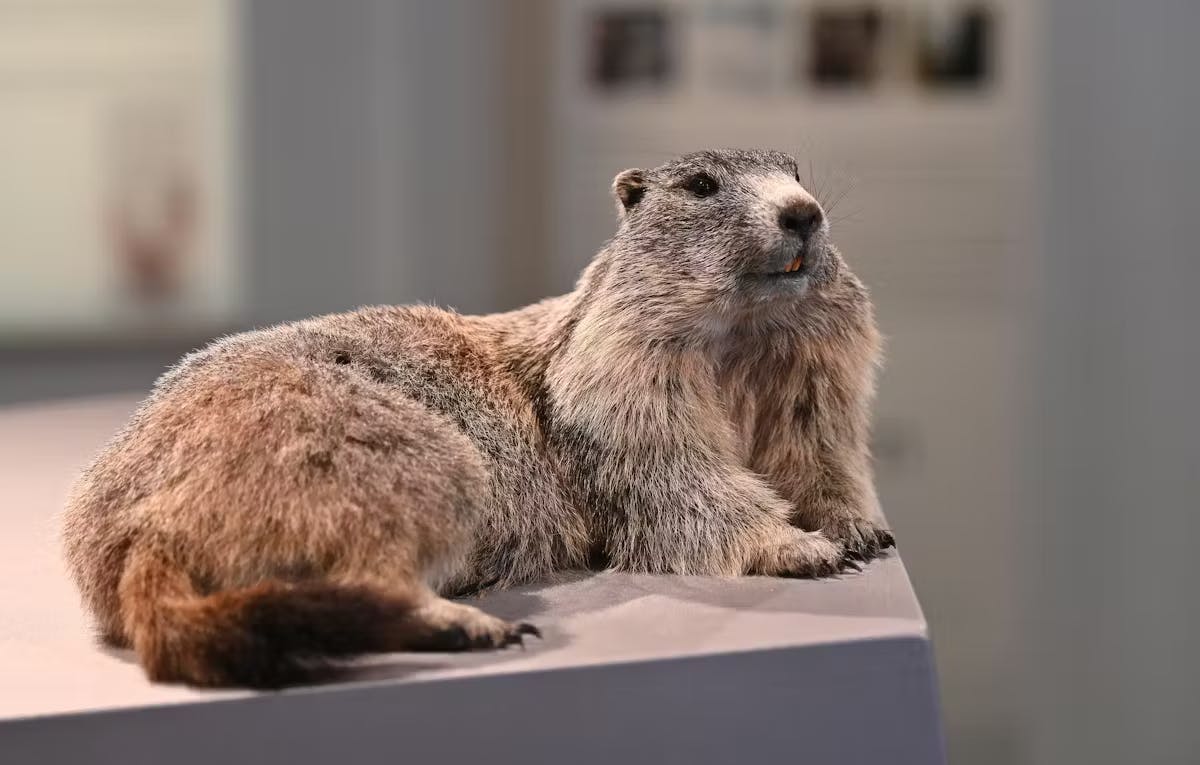From dinosaur bones to huge fasting cloths to modern industry: experience the history, culture and nature of the Principality of Liechtenstein.
Where did the first people settle in the country? When did the prince arrive? And how did Liechtenstein develop from a simple agricultural state into one of the most highly industrialised countries in the world?
Based on the themes of ‘settling’, ‘protecting’, ‘ruling’, ‘celebrating’, “creating” and ‘using’, the permanent exhibition at the Liechtenstein National Museum tells exciting stories about the lives of the people here in the country.
An audio guide is available for even more varied background information.

